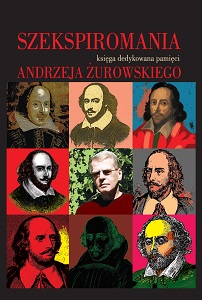
Czarne lustra: Opowieści afrykańskie Krzysztofa Warlikowskiego
This article (Czarne lustra – Black Mirrors) attempts to discuss and describe Krzysztof Warlikowski’s production Opowieści afrykańskie według Szekspira [African Stories According to Shakespeare] with the actors of the Nowy Teatr in Warsaw in collaboration with several European theatres. Warlikowski and his dramaturge, Piotr Gruszczyński, use some of European culture’s archetypal themes and situations embedded by Shakespeare in King Lear, Othello and The Merchant of Venice, but they also spin off certain continuations inspired by the works of J.M. Coetzee, Eldrige Claver and Wajdi Mouawad in order to complement the familiar European themes and to throw them into sharp relief against interpretations of other cultures. The Lebanese writer W. Mouawad, the African-American writer E. Claver and the South African writer and Nobel Prize winner J.M. Coetzee are able to raise questions from a non-European/African perspective with its experience of centuries-long humiliation and slavery. Europe and Africa have a long tradition of mutual questioning, and now that traditionally “white” countries have come to increasingly contain black and coloured populations, the resulting blend of cultures, races, religions and customs results in thorny issues and complex conflicts. Warlikowski’s production narrates this cultural intersection in time and space, taking a range of human perspectives to discuss issues such as solitude, sexuality, power and dominance.
More...